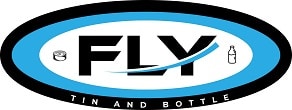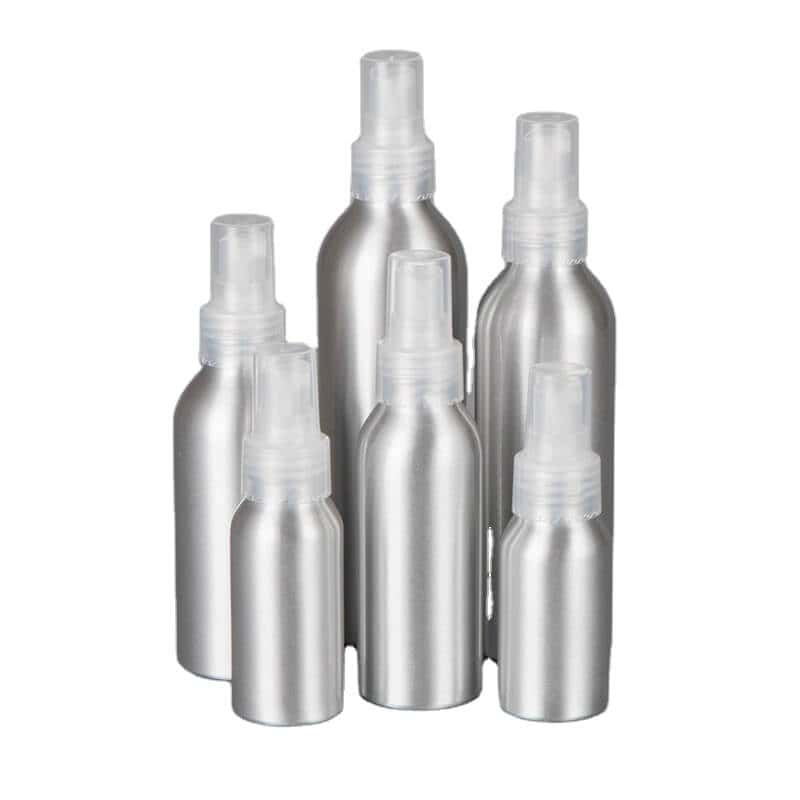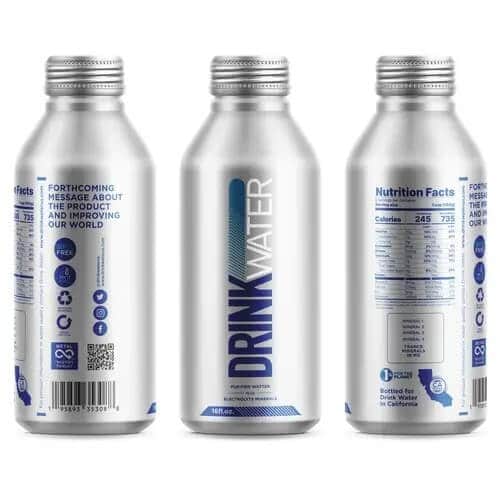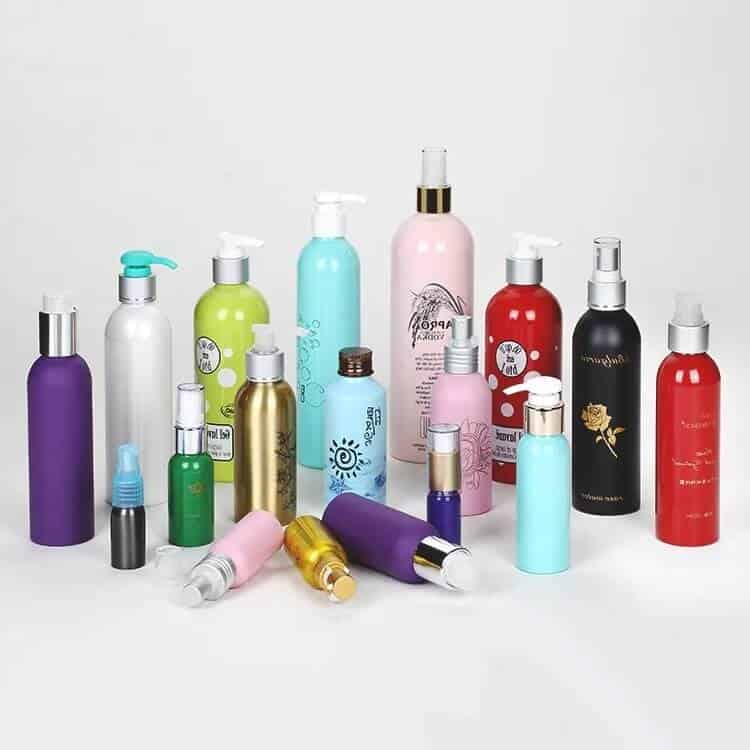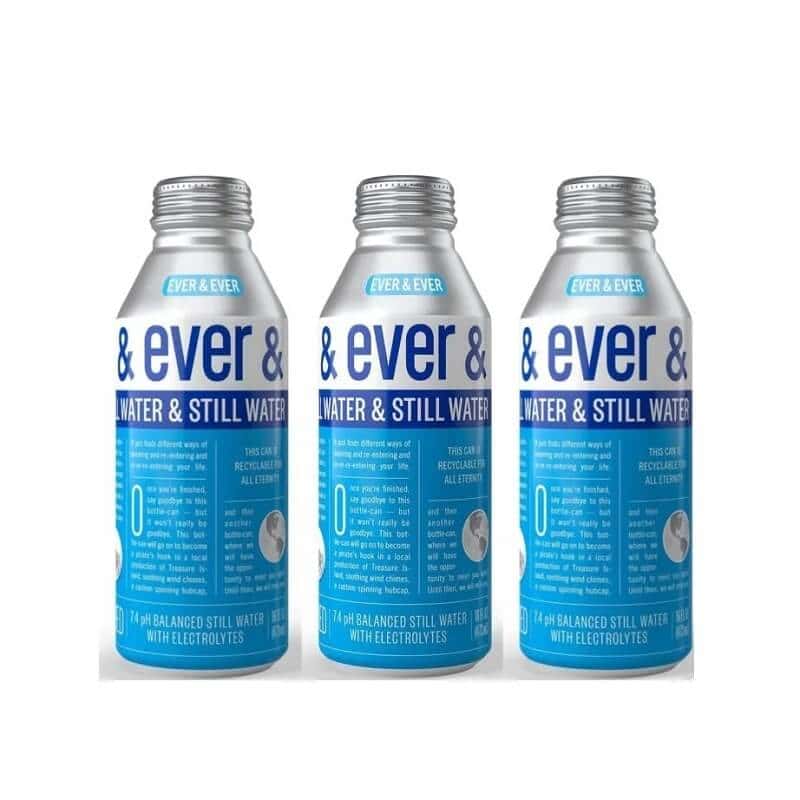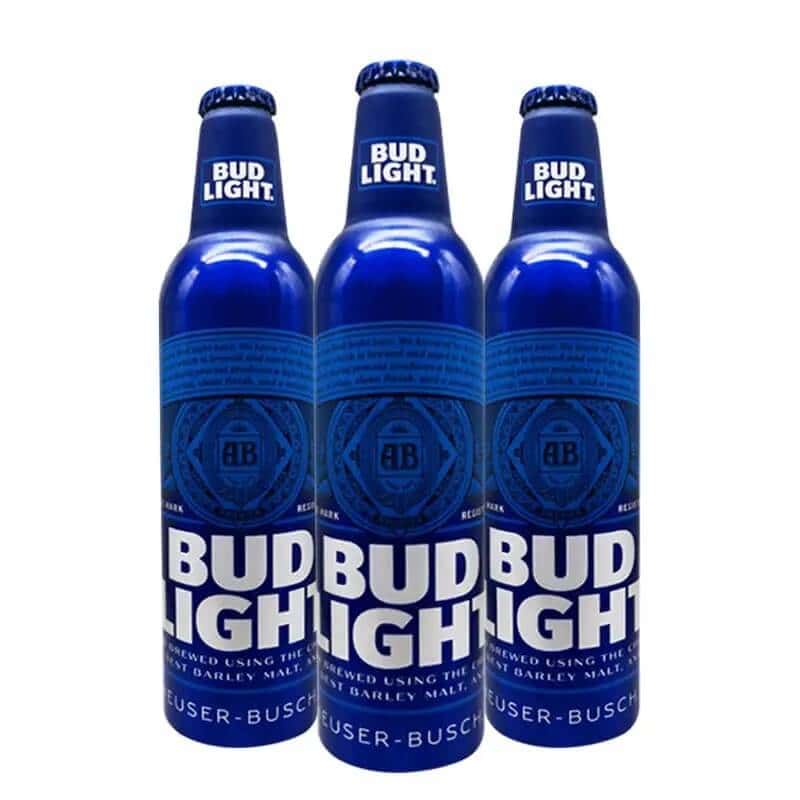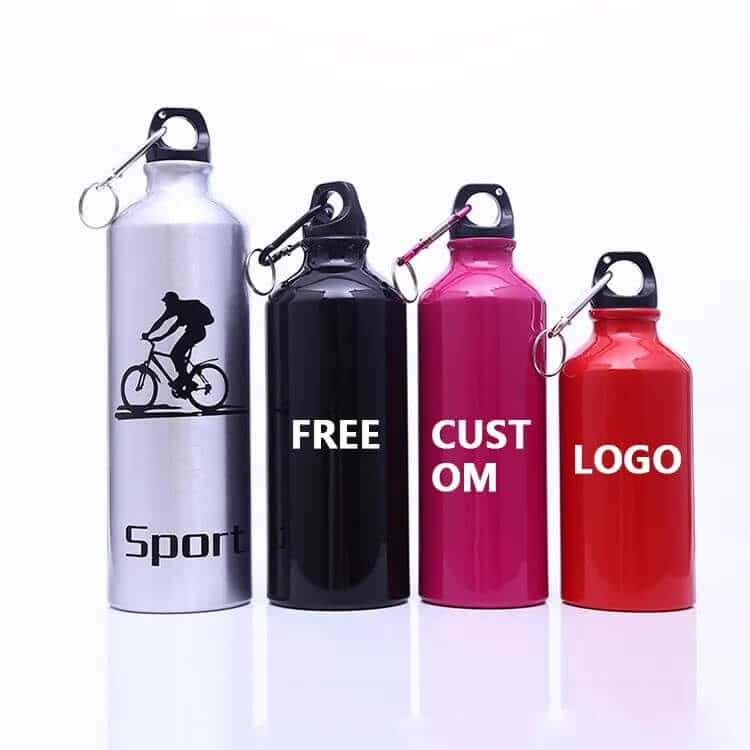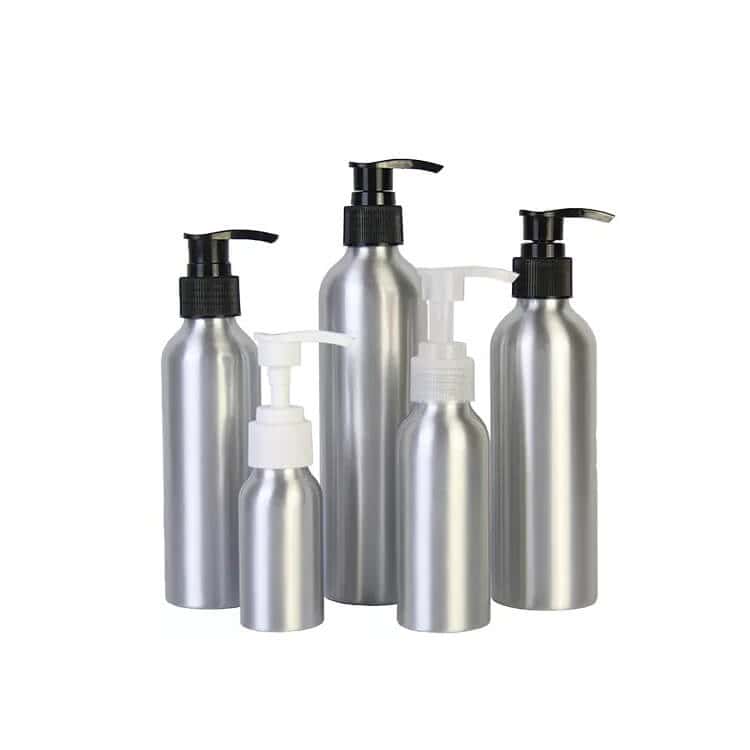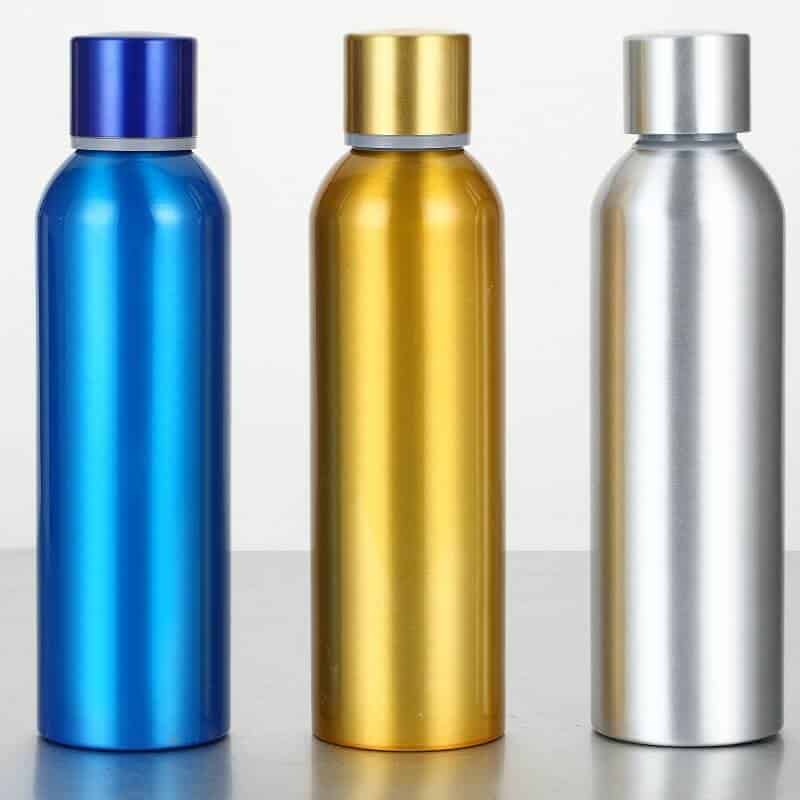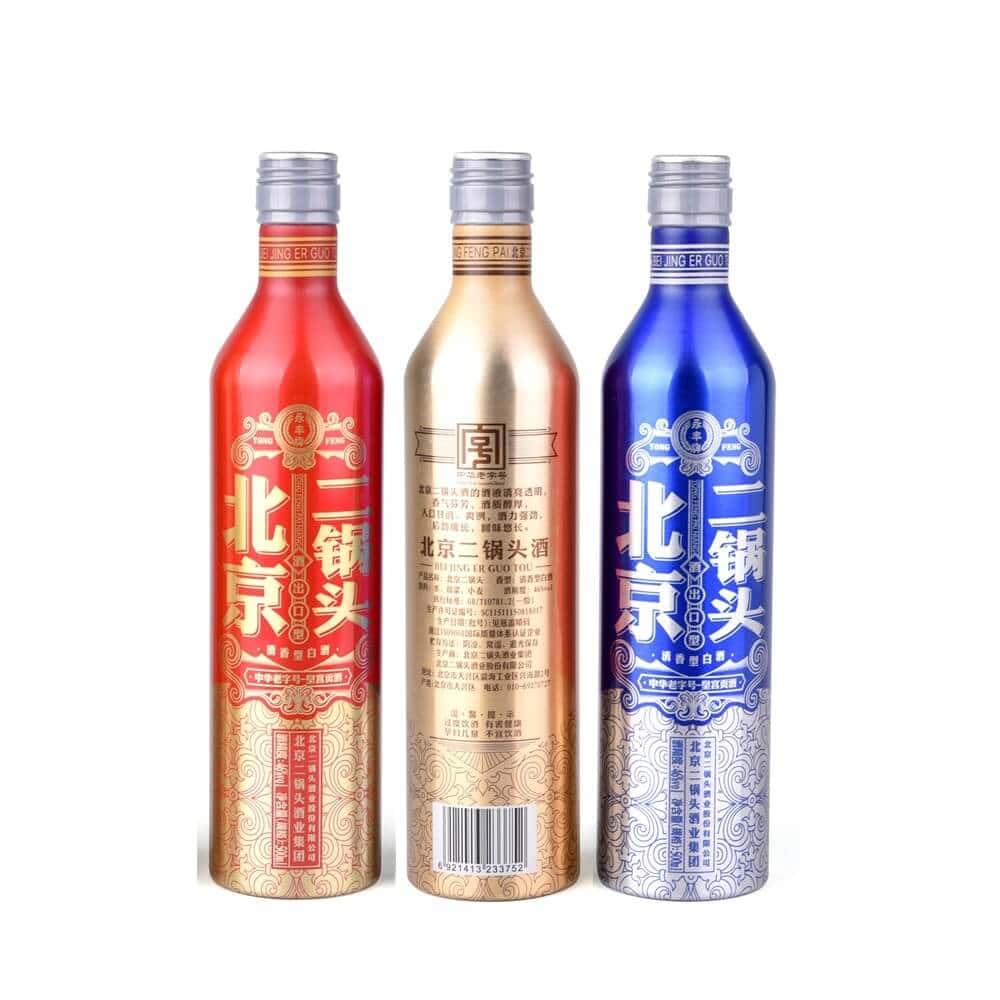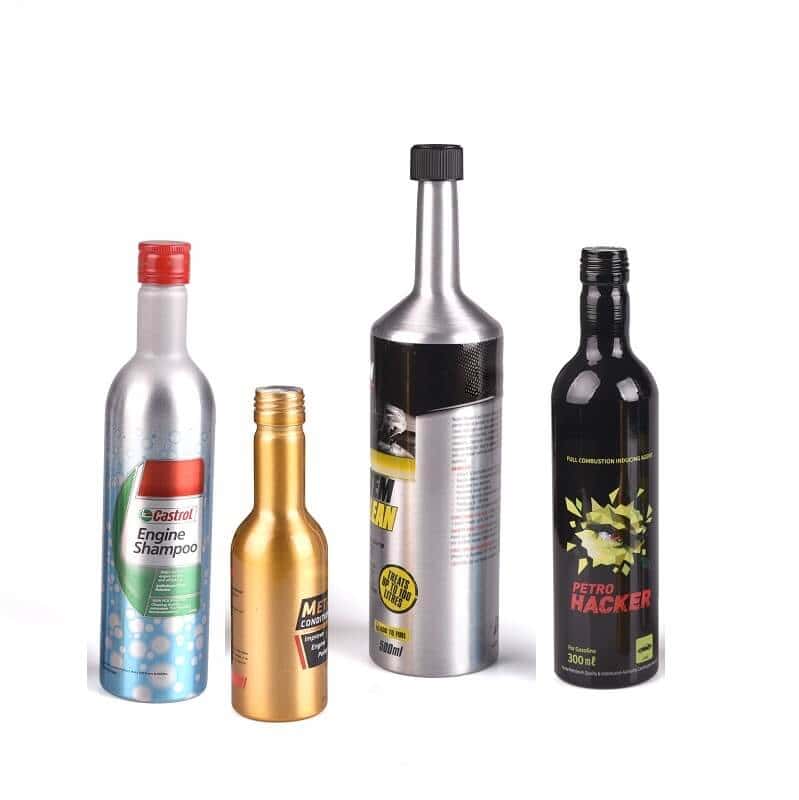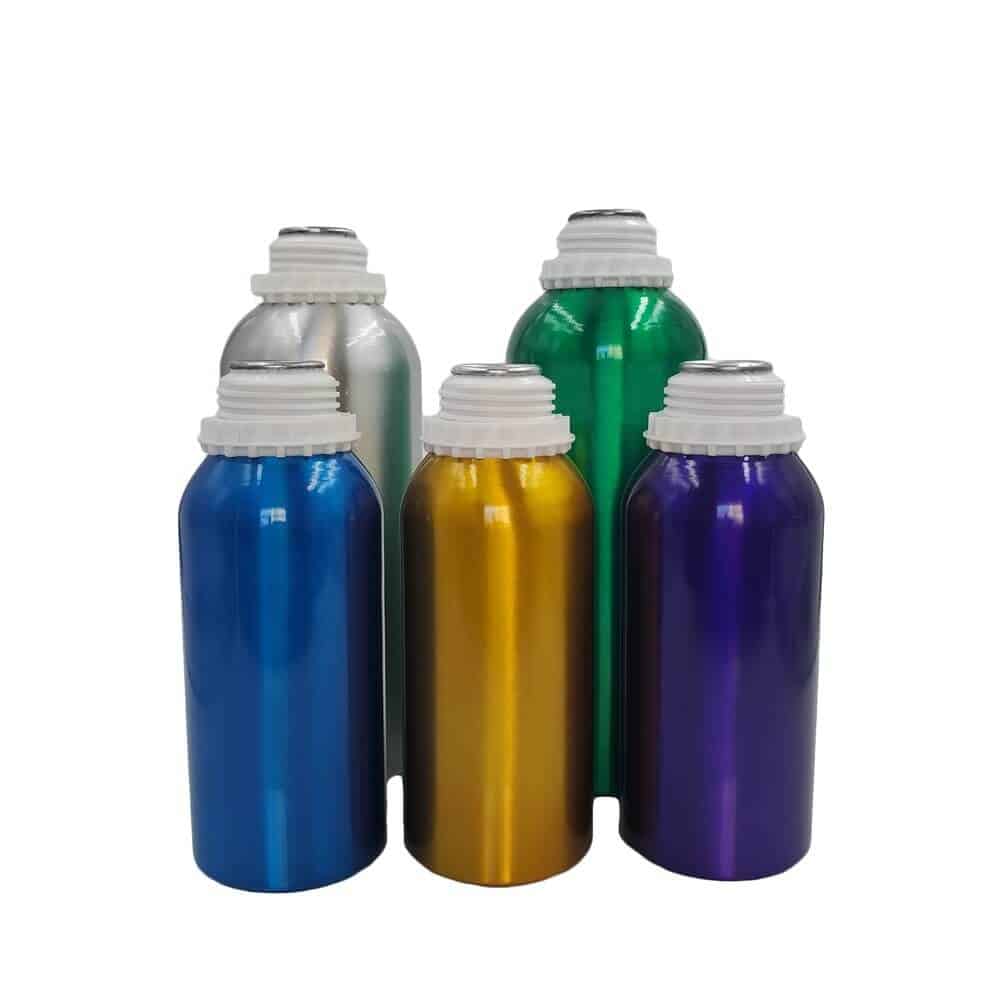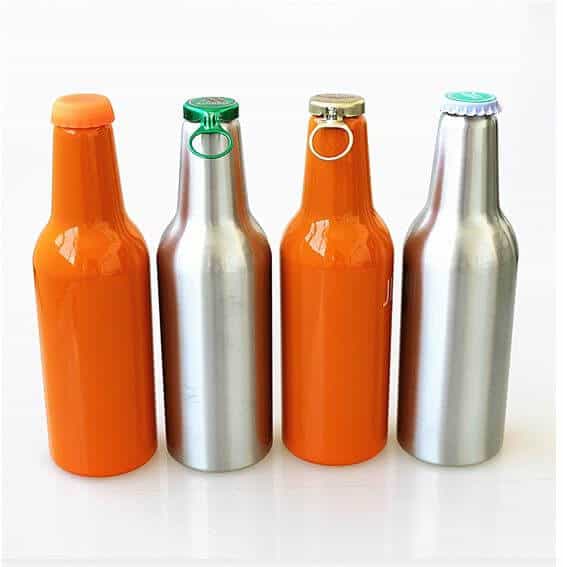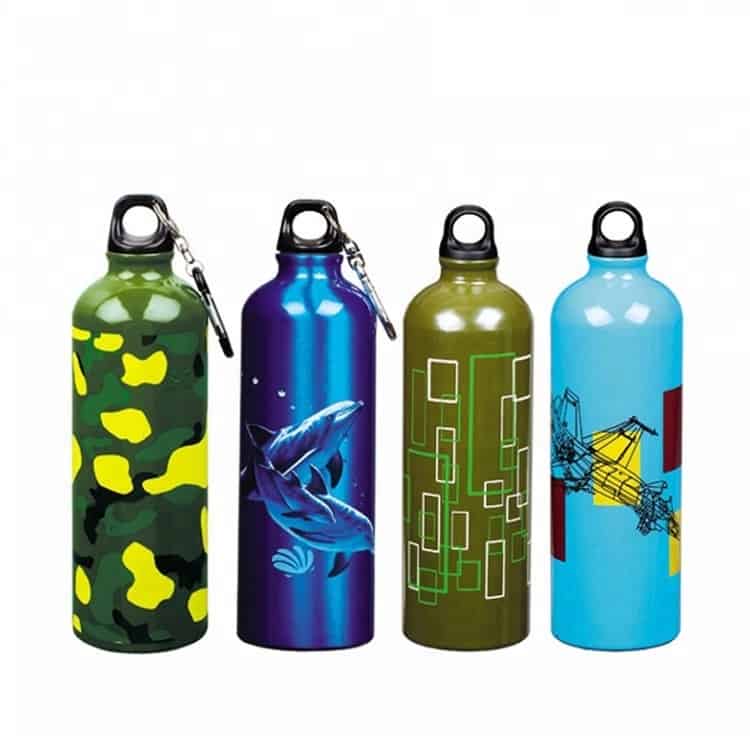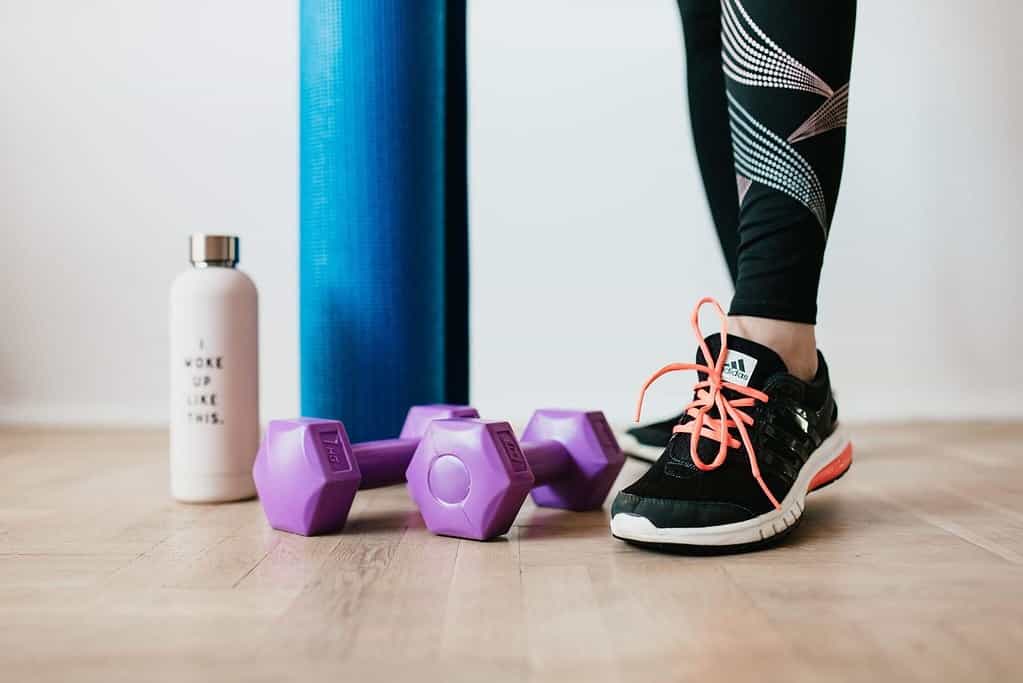
With the increasing development of science, people’s life is becoming more and more convenient, many more people are beginning to question how the foods they eat, the products they use, and even water they drink can affect their health. Also, they start to think about environmental protection, when you buy a plastic water bottle, you’re buying a package that will be in the landfill for the next 500 years. Aluminum water bottles are a better choice because they can be recycled and reused. The question is: are aluminum water bottles safe to drink from?
Before understanding the issues with reusable water bottles, it’s important to understand BPA (bisphenol-A). BPA (Bisphenol-A), a chemical that is used in the manufacturing of food containers. If you want to find out if your metal water bottle is safe to drink from, keep reading!
What does BPA stand for?
What is BPA?
BPA stands for Bisphenol A. BPA is an industrial chemical that has been used since the 1960s to produce certain types of plastic and resins. According to the Constitutional Council of France, up to 4 million tonnes of BPA chemical was produced in 2022. This makes Bisphenol A one of the most produced chemicals in the world. BPA-based plastics are colorless and feature a tough design. This makes it a perfect component to be used in the production of certain common consumer products. Throughout the past, BPA-based plastic has been mostly used to produce water bottles. However, it is also used in other products such as toiletries, household electronics, CDs, sports equipment, and thermal paper. According to the U.S. Department of Health and Human Services (2021), around 72% of all BPA produced is used to make polycarbonate plastics whereas 21% is used for epoxy resins, also known as epoxy glue. Epoxy glue that contains BPA is often used to produce coatings that are applied on the inside of many food packaging and beverage tins and bottles. The reason behind this lies in the fact that BPA resins are poorly soluble in water which makes them perfect for prolonging the lifespan of tins and bottles that hold food or other water-based products. Although BPA brings along plenty of useful industrial applications, the chemical is raising concerns among people worldwide. Globally, people have raised their concerns about the usage of Bisphenol A in consumer products. It is commonly believed that BPA plastics and epoxy glues that are used for coating food cans may dissolve and affect the content of the packaging which may lead to health issues. Extensive scientific research performed by global government agencies such as the U.S. Food & Drug Administration (2022) and the European Food Safety Authority (2008, 2009, 2010, 2011, 2015, and 2022) show, however, that the use of BPA is safe. Nevertheless, some places like the EU and Canada have banned the usage of BPA in certain products such as baby bottles.
What is BPA used for?
Products that contain BPA plastic can be found back in nearly any industry. Everyday items such as the receipt you receive in a shop, bottles, food containers, and sports equipment are known to have Bisphenol A. Although we usually think about food packaging when talking about BPA, it has to be known that merely 5% of all Bisphenol A produced annually is used in products that have direct contact with food or drinks. (U.S. Environmental Protection Agency, 2022) Nevertheless, it is this industry in which BPA has gotten most of its negative attention throughout the past two decades. The reason why BPA is used to make plastics lies in the fact it produces a shatterproof and colorless material. This makes it perfect to be used in the production of bottles. According to the Bisphenol A Global Industry Group (2012), BPA based bottles have been around ever since the late 1950’s. Besides the production of water bottles, BPA is also used to make other common items such as medical devices, consumer electronics, thermal paper, eyeglass lenses, and in the lining of water pipes. Although mostly used to make plastics, BPA also plays a central role in the production of epoxy resins. This material is known to be poorly soluble in water which makes it a preferred coating for beverage tins and bottles, bottle tops, and food containers.
How does BPA enter your body?
As BPA is mainly used in food packaging and metal food containers, the main source of the chemical’s exposure to your body is through your diet. When BPA wrappings are produced, it is possible that not all the Bisphenol A gets properly sealed into the product. When this happens, it allows parts of the chemical to break free and mix with the contents of your plastic container. Once you consume these foods or fluids, the BPA will enter your body. (Geens T, et al., 2010) According to Frederich vom Saal (2018), Bisphenol A can be found in the bodies of 90% of all Americans. A recent study performed by Rudel RA et al (2011) has shown that people who eat canned soup for 5 days in a row on average had a 1,221% higher level of BPA inside themselves compared to people that ate fresh soup during the same time period. Added to that, the World Health Organization published a report in which it is claimed that the BPA levels in breastfed babies were a staggering 8 times lower compared to those of babies who were fed milk from BPA-containing baby bottles. (WHO, 2011) Based on these and similar research, it’s safe to state that the main intake of Bisphenol A into our bodies comes from packaged and canned foods.
Is It Safe to Drink from Aluminum Water Bottles?
After introducing so many on BPA. Now you can see that BPA is the real culprit for health. Below we are going to talk about a frequently asked question about aluminum water bottle safety. Many people keep asking “Is aluminum water bottle safe”,”Is drinking from aluminum safe”,” Are aluminum water bottles safe”,”is aluminum bottles safe for drinking water”.
Aluminum is a popular material for making cooking and drinking items because it’s safe and doesn’t harm your health. This includes aluminum water bottles, which are a better choice than plastic water bottles that contain BPA (a harmful chemical). Even BPA-free plastic can’t beat the safety of aluminum, which the CDC confirms is harmless. Plus, aluminum is very clean and doesn’t let bacteria grow, so it’s perfect for packaging food and drinks.
Aluminum poses no health risks as there is no toxicity associated with it. Where the danger comes in, is in metal bottles lined with BPA. The purpose of BPA is to create sturdy plastic, such as the type used in making baby bottles. It makes baby bottles unbreakable, But the chemical can leach into food products, including bottled water.
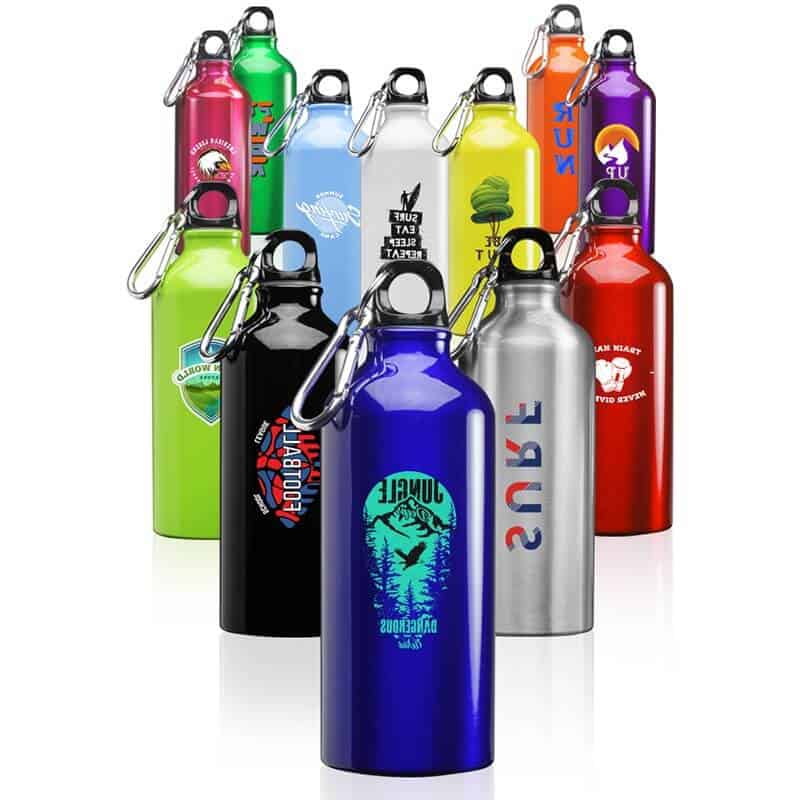
Aluminum is safe for a long history, it naturally occurs in air and water and in almost all foods you eat, including fruits, vegetables, meats, fish, grains, and dairy products. And no matter what way of aluminum we consume, most of the aluminum can be eliminated through our metabolism, so aluminum is not considered harmful to a person’s health. Also we are only manufacturing BPA-Free aluminium water bottles in China.
In addition, given people’s increasing emphasis on health, many manufacturers have opted for a safer plastic that is BPA-free: Polyethylene Terephthalate (PET) plastic. Without BPA, aluminum is safe for food, drinks, and as a durable on-the-go container.
Aluminum water bottles health risks
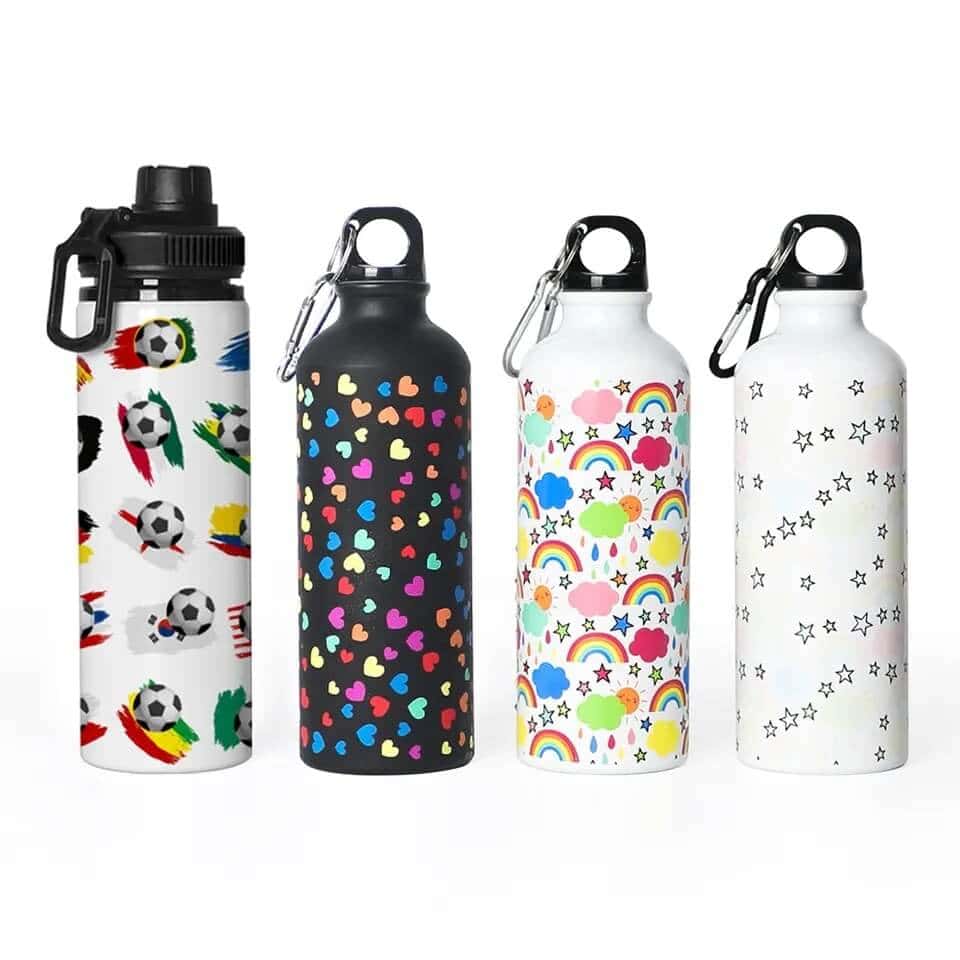
Aluminum, on the whole, is considered safe due to its wide availability in the environment. Drinking water from an aluminum water bottle poses no health risks. The toxicity level of aluminum is not high, and this is even lower in aluminum-based water bottles. As such, there is no cause for concern.
According to the CDC, aluminum is a safe option, making it a suitable substitute for plastic water bottles, even those labeled as BPA-free. Additionally, aluminum is considered a hygienic material.
Benefits of Choosing Aluminum Water Bottles
Now that we know aluminum water bottles are safe to drink from, let’s look at some of the reasons why someone might choose one over plastic bottles and containers. Here are three of the best benefits of using reusable aluminum water bottles:
1. They’re Economical
Perhaps one of the biggest benefits of using reusable containers is the money you’ll save by not buying products in single-use containers. Bottles of water, soda, and coffee drinks from your favorite coffee shop can easily add up to $100 or more a month. That’s money you can put back in your pocket by carrying your own reusable aluminum water bottle.
2. They’re environmentally friendly
Many consumers these days don’t want to contribute to the ever-growing mountain of waste in the landfills. Reducing waste is a simple task that can be accomplished by making smart buying decisions, and cutting down on unnecessary packaging. Aluminum bottles are made of recycled materials from the earth, so you are helping the environment by reducing your carbon footprint.
3. They are leak-proof
Aluminum water bottles usually have some type of secure cap (twist-on) or a stopper. These bottles have lids that are secure, and virtually leak-proof. You never have to worry about leaks or spills when you have this type of container. You can just toss it into your bag and know that the contents of your bag will stay nice and dry. And your drink will be chilly and cold, or warm and soothing when you want it.
4. They are odor resistance
A distinct advantage of aluminum is odor resistance. In water bottles made out of low- and high-density polyethylene and polypropylene, the trace of odor will remain far longer and stronger than it does with water bottles made from aluminum.
5. They are very strong and durable
Aluminum bottles can handle high pressure and heating conditions. This is not the same case with plastic bottles as plastic bottles get damaged easily under high pressure and weather conditions. Aluminum bottles are unbreakable, it’s a strong material that you don’t need to worry about being broken or leaking.
6. Lightweight and portable
Aluminum is quite light compare with other materials, like glass, metal, stainless steel. Aluminum water bottles are lightweight and easy to be taken anywhere. They are good for travel and business, especially for sports like hiking, camping, climbing, bicycle riding.
7. Corrosion resistant and rustless
Aluminum bottles have another advantage over other materials i.e. they do not get prone to rust and hence are more reliable. They are completely corrosion-resistant and rustless. Moreover, cleaning and maintaining of aluminum bottles are much easier than any other material bottle.
Manufacturing process and standards
The manufacturing process and standards for aluminum water bottles play a crucial role in ensuring the safety and quality of the final product. Here, we’ll outline the key steps involved in manufacturing aluminum water bottles and discuss the standards that manufacturers must adhere to.
Manufacturing Process
- Raw material: The process begins with high-quality, food-grade aluminum sheets or ingots, which are carefully selected to meet industry standards and ensure the bottles are safe for use.
- Forming the bottle: Aluminum sheets are typically first cut into blanks, which are then deep-drawn, extruded, or hydroformed into the desired bottle shape using high-pressure machinery. This process forms a seamless, one-piece bottle, minimizing the chances of leaks and improving durability.
- Surface treatment: To enhance the appearance and corrosion resistance of the bottles, the outer surface may undergo treatments such as anodizing or powder coating. This step also allows for the application of various colors and designs to customize the bottle’s appearance.
- Applying the lining: To minimize the risk of aluminum leaching into the beverage, an internal lining is applied. This lining may be composed of BPA-free epoxy resins, ceramic-based coatings, or other food-safe materials. The lining process typically involves spraying, brushing, or dipping the bottle interior, followed by curing at high temperatures to ensure proper adhesion and durability.
- Quality control: Throughout the manufacturing process, strict quality control measures are in place to ensure that the bottles meet required standards. This includes regular inspections and tests, such as leak tests and lining integrity tests.
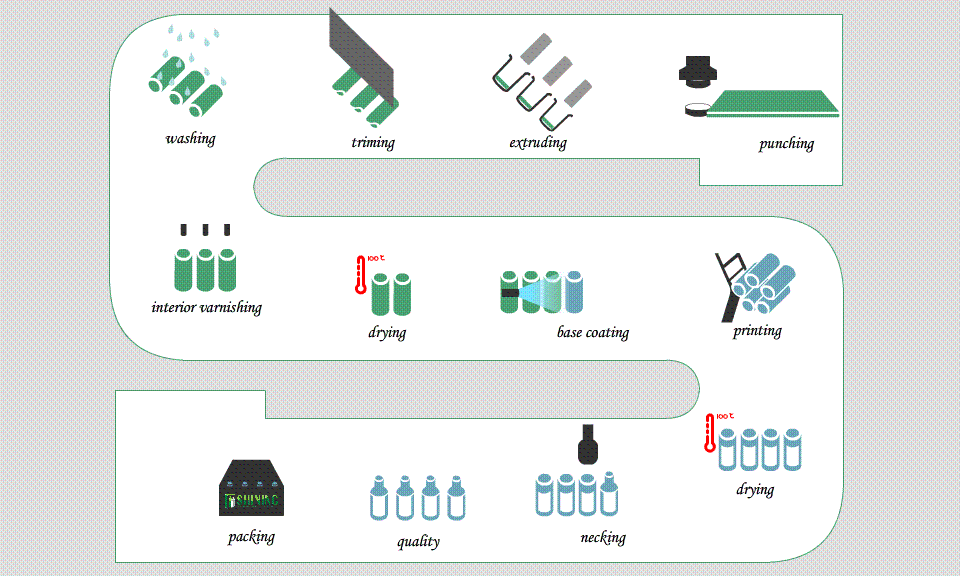
Manufacturing Standards
To ensure the safety and quality of aluminum water bottles, manufacturers must adhere to several standards and guidelines, including:
- Food-grade aluminum: The aluminum used in water bottles must be food-grade, ensuring it is safe for contact with food and beverages.
- Food contact regulations: In many countries, manufacturers must comply with food contact regulations, such as the US FDA’s Food Contact Notification (FCN) program or the European Union’s Regulation (EC) No. 1935/2004. These regulations establish safety standards for materials that come into contact with food and beverages.
- Quality management systems: Manufacturers should implement quality management systems, such as ISO 9001, to ensure consistent quality throughout the production process.
- Third-party certifications: Some manufacturers may seek third-party certifications, such as NSF International or the International Organization for Standardization (ISO), to demonstrate their commitment to product safety and quality.
By following the appropriate manufacturing processes and adhering to established standards, aluminum water bottle manufacturers can produce safe, high-quality products for consumers.
Making an Informed Choice
Making an informed choice when selecting an aluminum water bottle involves considering various factors that impact the bottle’s safety, quality, and suitability for your needs. By taking these factors into account, you can ensure that you’re choosing a product that aligns with your preferences and minimizes potential risks. Here are some key points to consider when making an informed choice:
- Quality and safety: Look for a high-quality aluminum water bottle that adheres to food-grade standards and food contact regulations. Third-party certifications, such as NSF International or ISO, can provide additional assurance of the product’s safety and quality.
- Lining and coating: Choose a bottle with a safe and durable interior lining that minimizes the risk of aluminum leaching. Opt for BPA-free epoxy resins or ceramic-based coatings to ensure the lining is safe for food contact.
- Design and functionality: Consider the bottle’s design, size, and additional features that cater to your needs and preferences. For example, you might want a bottle with a leak-proof lid, a wide mouth for easy cleaning, or an insulated design to keep beverages cold or hot for extended periods.
- Environmental impact: Select a reusable and recyclable aluminum water bottle to minimize your environmental footprint. By choosing a durable, long-lasting product, you can help reduce waste generated by single-use plastic bottles.
- Proper care and maintenance: Follow the manufacturer’s guidelines for cleaning and maintaining your aluminum water bottle. Regular inspection for signs of wear or damage to the lining, along with gentle cleaning methods, can help prolong the bottle’s lifespan and ensure its safety.
- Weighing the pros and cons: Take into account the potential health concerns and risks associated with aluminum water bottles, and weigh them against the benefits, such as durability and lightweight design. You might also want to compare aluminum bottles with alternatives, such as stainless steel or glass, to find the option that best suits your needs.
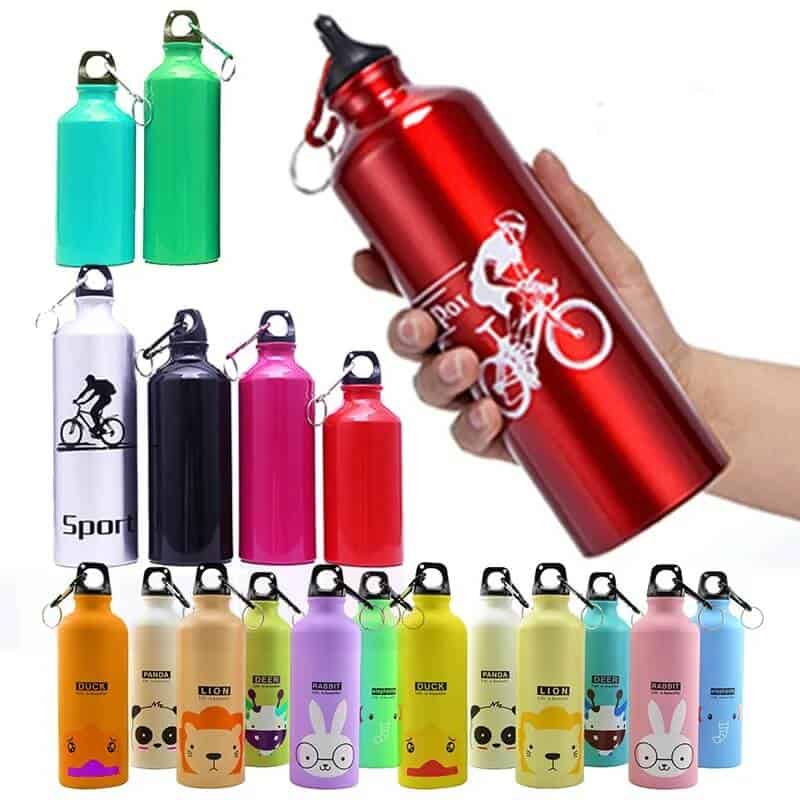
How to clean aluminum water bottle
Cleaning your aluminum bottle is easy. The key to keeping it clean is regular washing with soapy warm water, as well as regular use of tablets and a bottle brush. Here’s a step-by-step guide on how to clean an aluminum water bottle:
Step 1:
Once every couple of days, pour 2 scoops of white vinegar into the aluminum bottle, shaking well and making sure the vinegar spreads all over the inside of the bottle.
Step 2:
Remove the steel water bottle’s cap and add warm, soapy water until the bottle is half-full. Scrub the interior of the bottle with a brush, removing any residue.
With persistent oxidation bumps, you can use one aluminum bottle tablet to help wash them out. Paired with the aluminum brush, they should completely eliminate any residue left on the bottom and sides of your container. Also, remember not to use abrasive types on your bottles, as it could cause damage to the inside coating. Both the tablets and the brush should be readily available in department and grocery stores, or in the store where you bought the bottle.
Step 3:
Rinse out the liquid in the bottle. By now, your container should be like new. If a smell persists, you can mix some baking soda and vinegar in the container and shake it vigorously to remove any lingering smells and residue. Rinse the bottle out thoroughly before proceeding to wash it with dish soap.
Step 4:
To wash the cap, you can leave it in hot water mixed with vinegar for around 15 minutes. This should remove any strange smells that emanate from the cap. Rinse the cap thoroughly before cleaning it regularly with dish detergent.
Step 5:
For cleaning the exterior of the bottle, you can place a small amount of white vinegar on a clean cloth and use it to rub down the exteriors of your container. Leave it there to sit for one minute before rinsing it out.
Conclusion
Now that we’ve answered the question about aluminum water bottle safety, you can see for yourself the benefits that come from using reusable, recyclable containers. A side benefit of these types of bottles is that they often come with a little clip you can attach to your belt or backpack so you can go “hands-free,” a no-fuss solution to having to carry an extra item everywhere you go.
To find out more information, or to see a selection of top-quality aluminum water bottles, visit us on the web.
